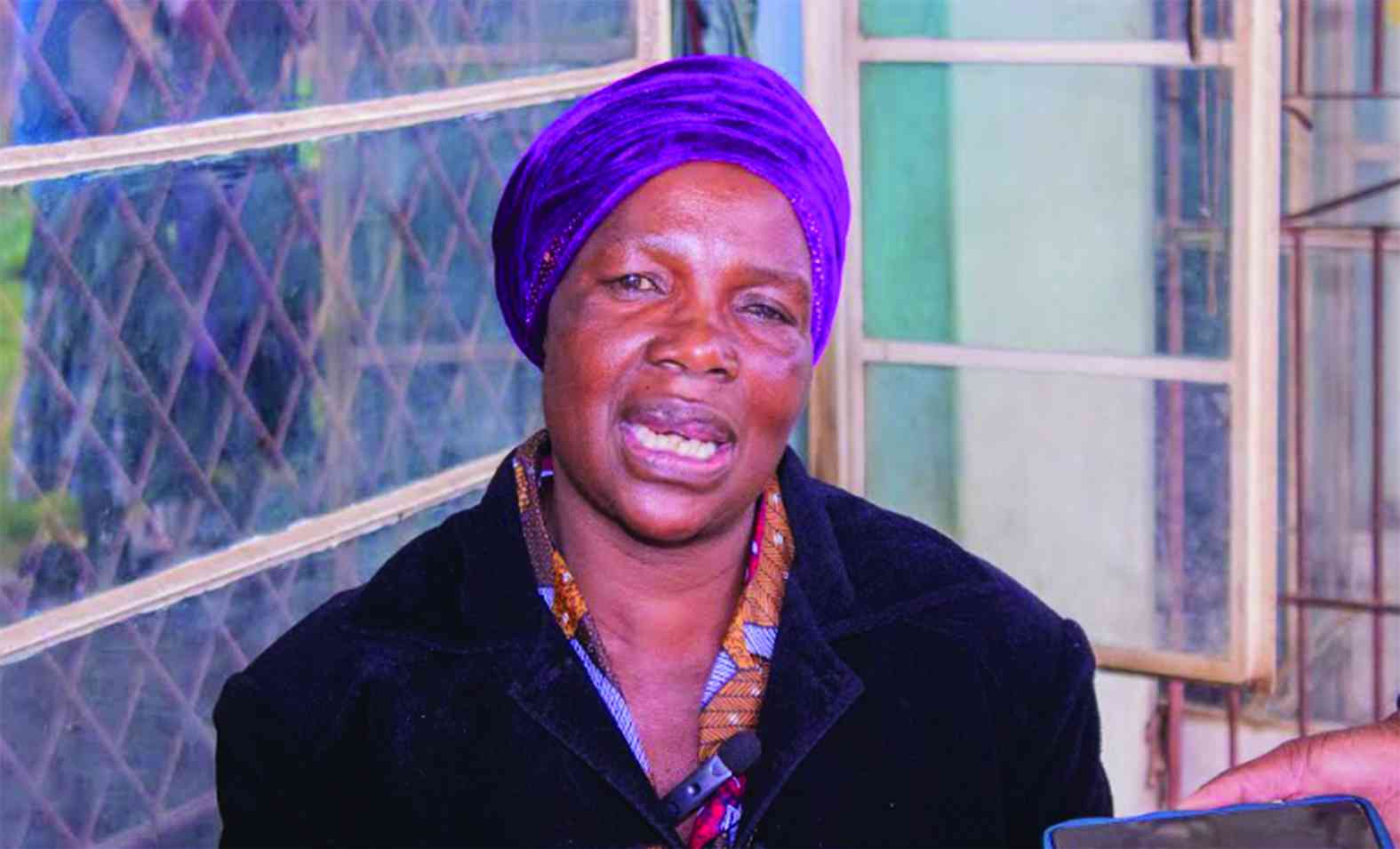
BENEATH the hum of Harare’s daily hustle, a new rhythm is emerging and it’s threatening to drown the familiar sound of taxi drivers hustling for fares.
Enter InDrive, the ride-hailing app that is reshaping Zimbabwe’s transport landscape, much to the dismay of traditional taxi operators thanks to the improving information communication and technology (ICTs) strategies by locals.
For years, Zimbabwe’s taxi drivers have been the lifeblood of the urban transportation system.
Though their services came at a premium, especially at night or during peak hours, they were indispensable.
Now, they find their livelihoods under threat as tech-savvy passengers gravitate towards InDrive, an app that allows users to negotiate their fare with drivers.
“You could easily make US$30 or US$40 a day, but now you are lucky to take home even US$10,” laments Blessing Munemo, a taxi driver in Harare for over a decade.
“These apps are killing our business. People no longer value personal service. They want everything cheap, cheap.”
Munemo’s frustration is shared by many of his colleagues who believe that the rise of InDrive is not just a technological advancement, but a disruption that could obliterate their sources of income.
- Plot to oust ED thickens
- Bread in short supply as bakeries demand US$
- Samkeliso livens up girls, women
- Samkeliso livens up girls, women
Keep Reading
InDrive, a global player in ride-hailing that originated in Russia, allows users to propose their own fare for trips, with drivers either accepting, rejecting, or counter offering.
Its introduction to Zimbabwe was timely, coinciding with an economic environment where consumers are increasingly becoming sensitive to pricing.
The app has found significant uptake in Harare, Bulawayo and Marondera, among other major cities and towns, drawing thousands of users who prefer its flexibility and affordability.
“Our platform offers passengers and drivers more control over their transactions,” says InDrive on their website.
“This peer-to-peer negotiation model allows for fairer pricing based on market demand, ensuring both sides are satisfied.”
For passengers, this is a breath of fresh air.
Many feel they finally have a say in how much they are charged for a ride, something that was nearly impossible with traditional taxis.
“I love the fact that I can bargain,” says Tendai Ncube, a frequent InDrive user in Harare.
“In the past, you would negotiate with taxi drivers to lower the fare, but with the app, it’s all in your control. I have saved a lot of money since I switched.”
This sentiment is echoed by many riders, who praise InDrive’s user-friendly interface, transparent pricing and increased driver availability, especially at odd hours.
For taxi drivers, InDrive’s success feels like a hostile takeover.
Traditional taxi fares are often high due to fuel costs, vehicle maintenance, and the overall unpredictability of Zimbabwe’s economy, now seem exorbitant to passengers accustomed to negotiating lower prices through the app.
“I have lost half of my customers to this app,” reveals Farai Masunda, another Harare-based taxi driver.
“People call taxis only when their phones have died or they can’t find an InDrive. But even then, they still try to negotiate as if we are the app.”
The arrival of ride-hailing apps like InDrive has forced many taxi operators to rethink their business models, with some even signing up as drivers on the platform.
However, for many, this comes at a cost.
“I tried signing up, but I’m still struggling. The app takes a cut, and the fares are way lower than what I used to charge,” says Munemo.
“I can’t survive on those rates.”
For passengers, the rise of InDrive is mostly seen as a positive shift.
“I used to spend a fortune on taxis,” says Linda Ngwenya, a marketing executive in Harare.
“But with InDrive, I can negotiate a price that fits my budget, especially when I’m going a long distance. I feel like I have more control over what I pay.”
However, not all passengers are entirely satisfied with the ride-hailing experience as some complain that the bargaining process can be exhausting.
“Sometimes I wish they would just have set prices,” says Tafadzwa Kachere, a university student in Chinhoyi.
Still, the convenience of using an app is undeniable for many.
“The other day, I was stuck in the rain and no mushika-shika wanted to stop for me because they didn’t want to deal with a wet passenger,” recalls Ruth Marufu, a nurse.
“With InDrive, I just requested a ride and got picked up in five minutes. It’s hard to go back to the old way once you’ve experienced that kind of convenience.”
The rise of InDrive has also exposed the vulnerabilities in Zimbabwe’s traditional transport industry.
Many mushika-shika drivers operate informally, without driver’s licences or proper vehicle maintenance, and often face harassment from authorities.
On the other hand, InDrive’s registration process provides some level of accountability, ensuring that drivers are vetted and cars meet certain standards.
But for traditional drivers, the future seems bleak.
Zimbabwe’s government has hinted at plans to regulate ride-hailing apps more closely.
However, this is a delicate balancing act.
Over-regulation could stifle innovation and limit passenger choice, while under-regulation might leave traditional drivers without a lifeline.
Experts believe there is room for both traditional taxis and ride-hailing apps, but it will require adaptation.
“Technology is not going away,” says transport economist Kudakwashe Mangena.
“But that doesn’t mean traditional taxis have to disappear. If they embrace digital tools, improve customer service and offer competitive pricing, there’s still a place for them in Zimbabwe’s transport ecosystem.”
As InDrive continues its march across Zimbabwe, traditional taxi drivers face an uncertain future.
For passengers, the choice is clearer: convenience and affordability have become paramount.
Still, the question lingers — can Zimbabwe’s transport sector find harmony between tradition and technology, or will the old ways fade into the rearview mirror?
Only time will tell.











